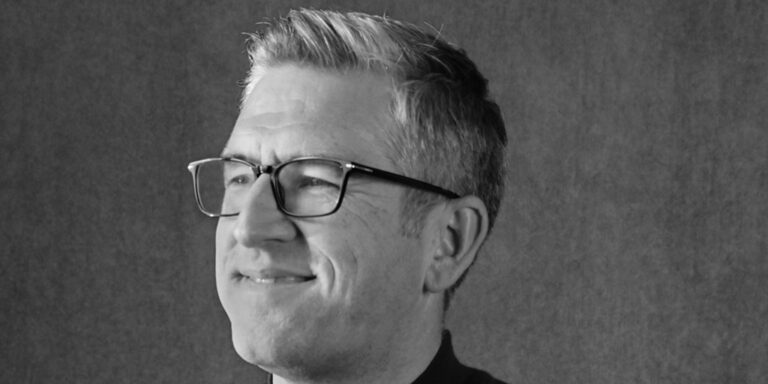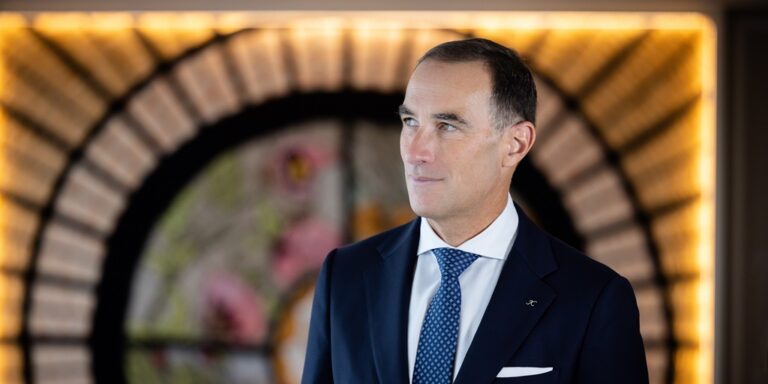David Roberts discussed the group’s international firsts, including sites in Japan and in the European continent.
Why has the group decided to debut its hotels in Japan and Europe?
Japan and Europe are attractive markets for Dusit for several reasons. Both are key drivers of business to our hotels in Thailand and Asia Pacific, so having a brand presence in these markets will only help our efforts to gain market share for outbound business to our hotels. Europe and Japan are also two of the most popular destinations for Thai travellers, and our brand recognition in the Thai market will assist us in driving business to our properties in these regions. Besides the above, both regions are very mature hotel markets; rates and occupancies are strong and have rebounded significantly post-covid.
Are there any other new countries or existing regions Dusit is looking at for hotel development?
We are continuing our efforts to grow our portfolio within southeast Asia. We hope to announce our first signed deal in Malaysia shortly, and we are actively looking for opportunities in Indonesia, Laos, and Cambodia. We also feel there is an opportunity to expand our current portfolio in Vietnam and Thailand, which will also be a key focus of our development efforts in 2023.
What does the company’s hotel pipeline currently look like and how has this progressed over recent years?
Our operating portfolio will have almost doubled by the end of this year compared with 2018. In addition to the 12 hotels we expect to open this year (on top of the two we just opened in March, namely Dusit Suites Athens and Dusit Princess Hotel Residences Nairobi), we have a further 50 projects under development, and we hope to add another 22 hotels to this development pipeline by the end of 2023.
Is there a particular brand which is growing its portfolio quickest?
Our fastest-growing brand is currently Dusit Princess, mainly due to the positioning of the brand in the upper midscale segment. Developers are more focused on this segment than upscale or luxury developments, so we see significant opportunities for our Dusit Princess brand. In recent months we have also seen more opportunities for our Asai Hotels brand, which has a similar midscale positioning but a more lifestyle focus on millennial-minded travellers, and it is resonating well with developers in key urban destinations.
Which hotel segment do you see the most development potential for?
We still see significant opportunities in the midscale segment. Developers feel there is less risk in developing projects catering to the midscale market than more upscale or luxury segments. It also allows developers to focus on secondary markets where land acquisition costs may be lower, and the overall returns may be more attractive. It also poses less risk to developers to focus on the mid-tier market where development and operating costs are lower than upscale or luxury developments. In the event there is a downward trend in terms of business, there is less overhead for developers to support.
Does Dusit prefer newbuild or conversions for expanding its hotel network?
We prefer to have a balance of both conversions and newbuild projects when expanding our portfolio. Conversions allow us to establish an immediate brand presence and fee generation, but it can sometimes be challenging to ensure these projects are completely on brand in terms of design and standards. Newbuild projects allow us to develop according to our brand guidelines and, as a result, will be a better representation of the respective brand. So, going forward, our objective is to maintain a balanced approach.
Do macroeconomic trends influence your hotel development decisions?
Macroeconomic trends can definitely impact our development growth, not necessarily impacting our decisions but mainly the local developers we partner with. Factors such as the cost of debt and rising development costs can all negatively impact the potential for development and, in turn, our opportunities to seek out new hotel projects. If we feel a specific market is in a strong negative trend, we may focus our efforts on other markets with stronger potential.
How do you decide when to refurbish or upgrade your existing hotels?
In general, most hotels have a lifecycle of seven to eight years, where there needs to be some form of soft renovation and possibly a review of the hotel’s concepts to ensure they align with market trends. After 14 – 18 years, hotels generally require a hard refurb. This includes rooms, bathrooms, engineering systems, kitchens etc.
What criteria do you use to decide which hotel suppliers to work with?
The quality level of shop drawing design and production, past project references, suitability for the specific project, location of manufacture, and proven record of sustainability and employment practices, to name just a few.
What do you think Dusit’s hotel division will look like in a few years’ time?
In the coming years, we will be laser-focused on expanding our presence in key global markets, so you can expect to see an even greater number of world-class Dusit Hotels and Resorts opening in highly desirable locations around the world.





